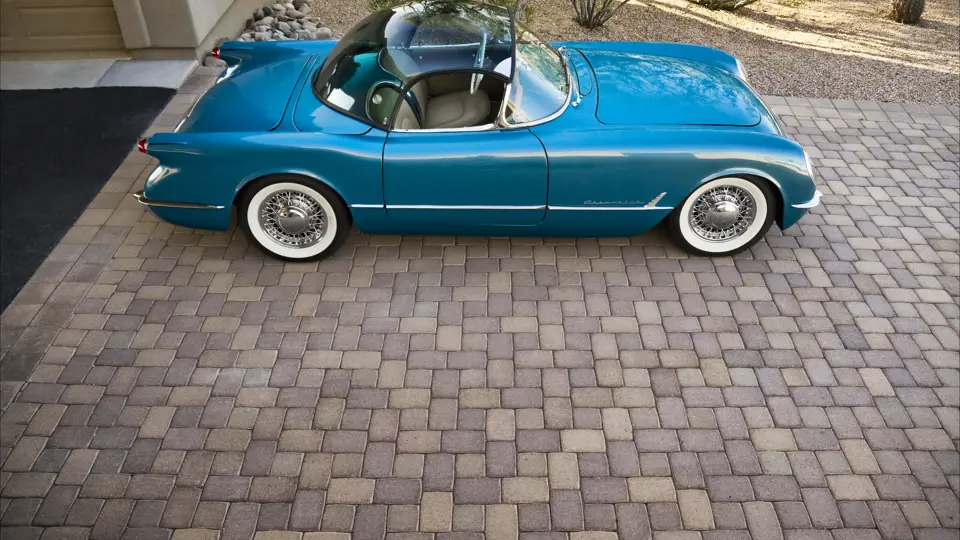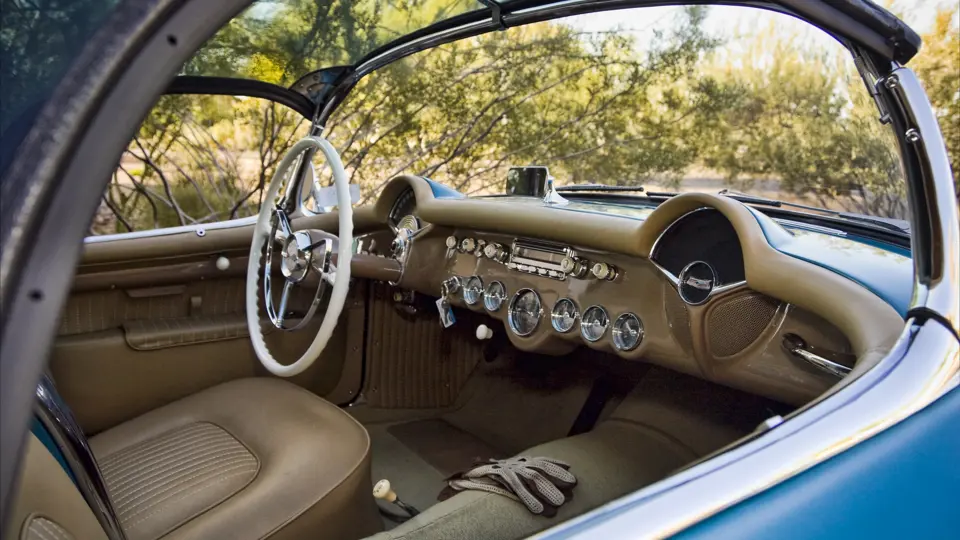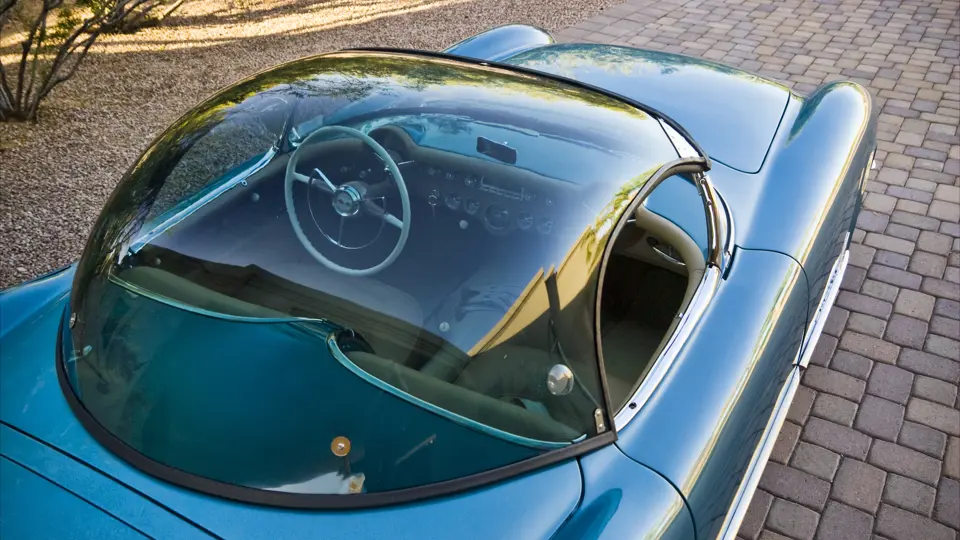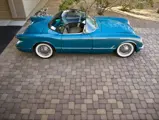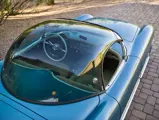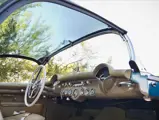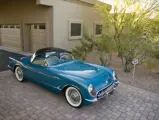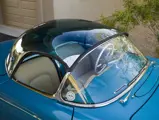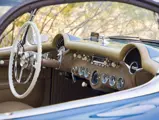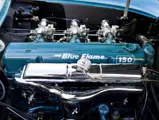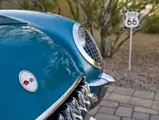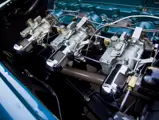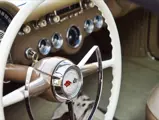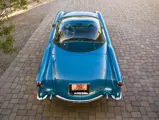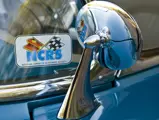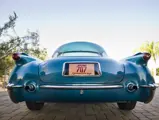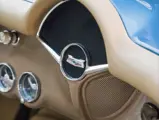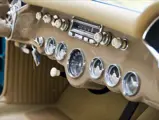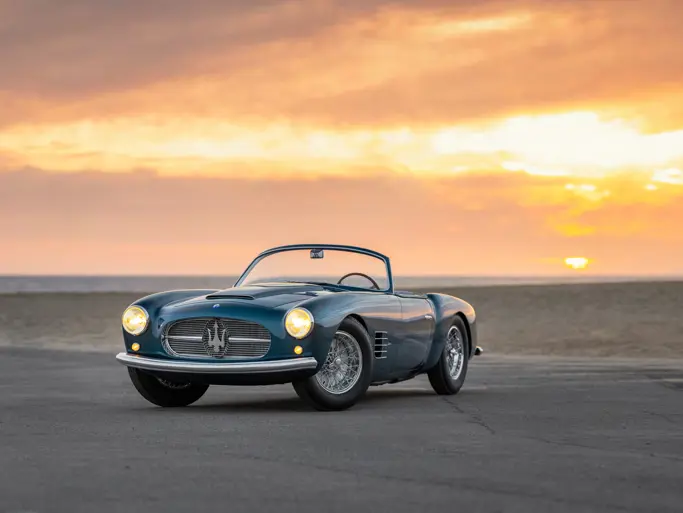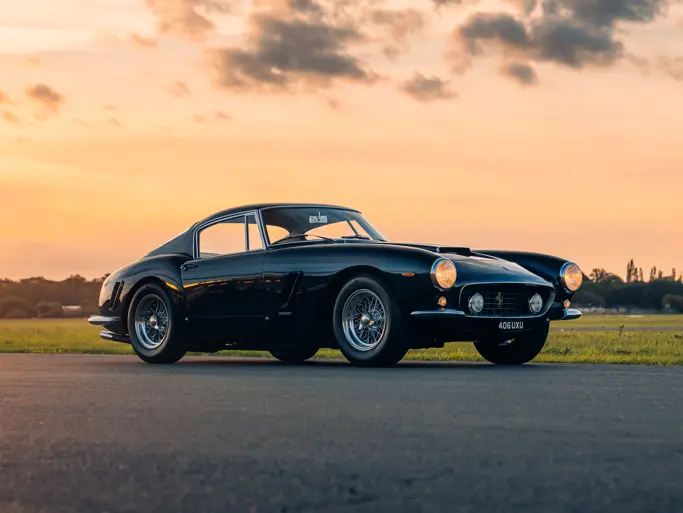150 hp, 235 cu. in. inline six-cylinder engine, two-speed Powerglide automatic transmission, unequal-length A-arm front suspension with coil springs and anti-roll bar, live axle with semi-elliptic leaf spring rear suspension, front and rear drum brakes. Wheelbase: 102"
• Featured in August 4, 2010 issue of Auto Week
• Rare, factory option bubble-top canopy by Model Builders of Chicago, Illinois
• Equipped with period aftermarket chrome wire wheels
• Less than 57,000 miles from new
The Chevrolet Corvette was officially born on June 30, 1953 when the first production model rolled off a special Flint, Michigan assembly line. The car owed its humble beginnings to the popularity of English sports cars (such as the MG and Jaguar) with American servicemen who became enamored with them during their service in Europe during World War II. Even though the market for such cars was small (just about 11,000 in 1952), General Motors styling genius Harley Earl had a vision for an American-made version of what was being built in Europe. In conjunction with a brilliant young engineer named Ed Cole, the two set about designing “project Opel,” as the car was known.
GM President Harlow Curtice and Chevrolet Division Chief Tom Keating blessed Earl’s mockup, and a prototype was built in time for a January 1953 introduction as a dream car at the General Motors Motorama at New York’s Waldorf=Astoria Hotel. The car would be called “Corvette,” a naval term meaning a small, fast, maneuverable warship. It featured a fiberglass body and was powered by a modified 150 horsepower Blue Flame six with triple carburetors, higher compression, solid lifters and a high-lift camshaft. At a base price of $3,513, a total of 315 were made in 1953, all in Polo White with red interiors.
Even with all the parts utilized from other models, the Corvette had its own X-member frame with box-section side rails, outboard-mounted rear leaf springs for better cornering stability, Hotchkiss drive and an engine set back 13 inches further than in other Chevrolets for better weight distribution and, thus, better handling.
Despite a shaky start, the dream car returned as part of Chevrolet’s lineup for 1954. Prices increased $10 and production moved to St. Louis, Missouri in December 1953. Production increased significantly to 3,640 units, yet 1,076 remained unsold by the model year’s end. Nonetheless, GM sought to increase the dream car’s appeal to the public. A unique jet fighter-like bubble-top canopy was fashioned for the fledging sports car by Model Builders of Chicago, Illinois. Depending on the source, between 20 and 25 of the clear plastic bubble tops were produced. The bubble-top mimicked those of the GM dream cars like the Bonneville Special and Cadillac’s Cyclone. A Corvette thusly equipped was owned by Eugene Kettering, chief engineer for GM’s Electro-Motive Division (producer of railroad locomotives) and son of GM engineer Charles Kettering. Others included Dwight H. Green, the former governor of Illinois, and R.H. McWilliams, president of the Royal Crown Bottling Corporation of St. Louis, Missouri. Reportedly costing $500 each, the fiberglass bubble tops were certainly a pricey option. Today, the bubble-top provides a glimpse into the futuristic thinking of dream car designers of the 1950s and is a unique example among 1954 Corvettes.
The current owner purchased this example as a project car from a St. Louis dealer in 2005. Following an 18-month total restoration, the “Bubbletop” was finished in correct Pennant Blue with a beige top and interior. It is equipped with period aftermarket chrome wire wheels, though the standard original-type tires, wheels and wheel covers are included. According to the owner, this exceptional ’54 Corvette has less than 57,000 miles from new. In addition, it was featured in the August 4, 2010 issue of Auto Week in an article chronicling the unusual bubble-top accessory as well as in Noland Adams’ Corvette Restoration and Technical Guide (pg. 37).


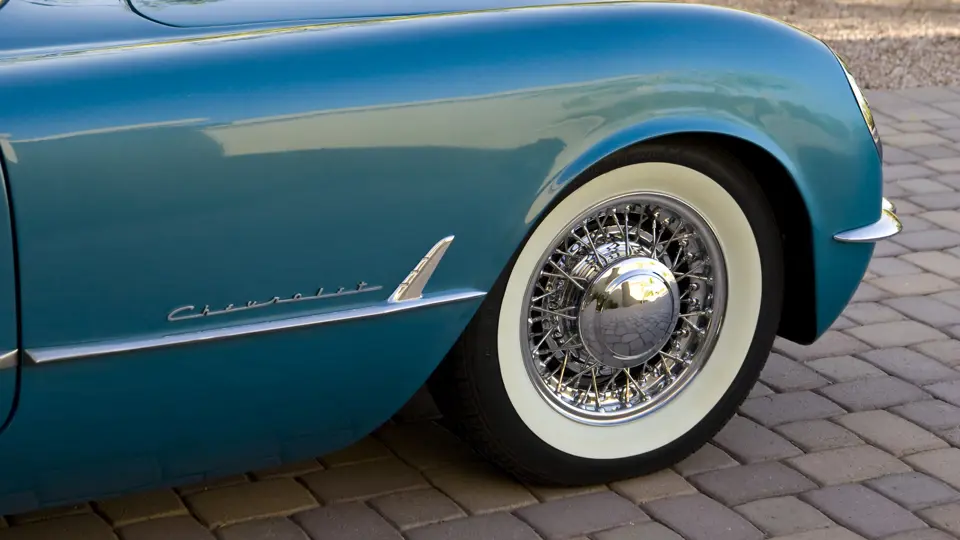

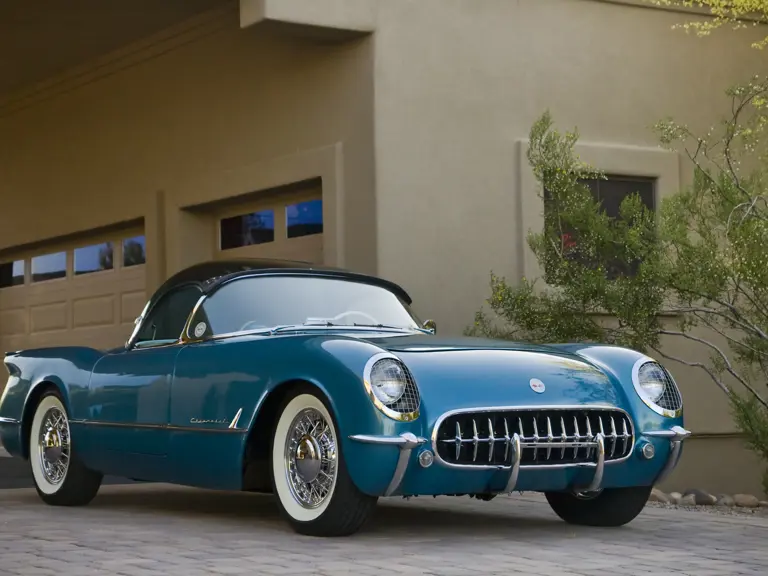
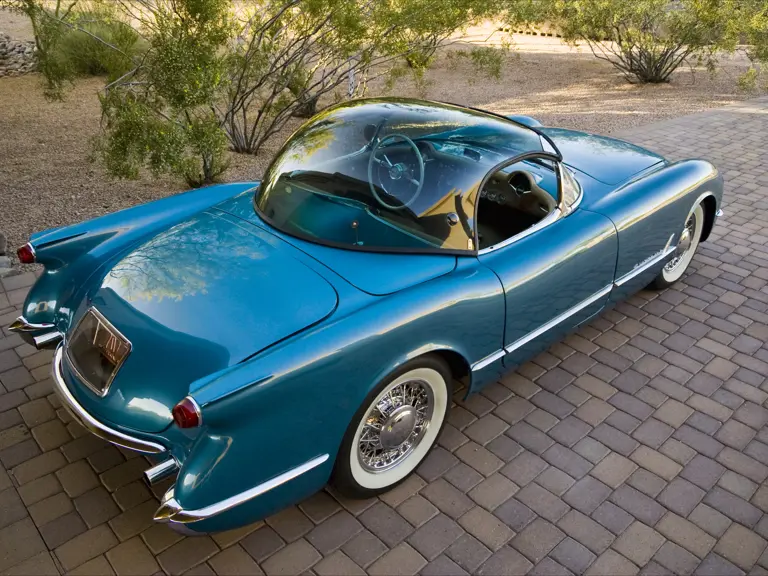
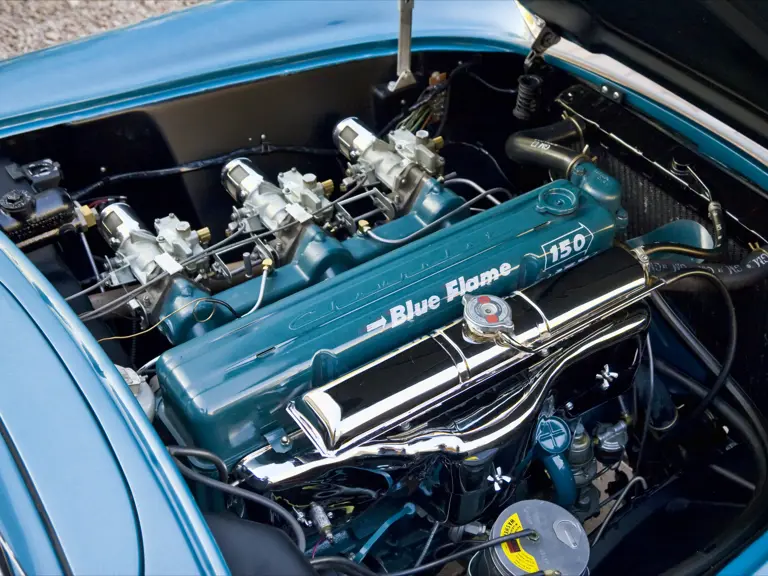

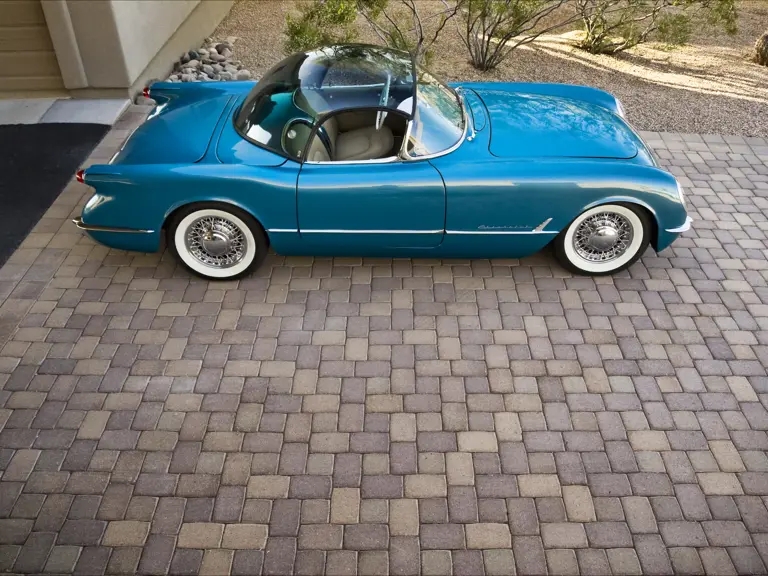

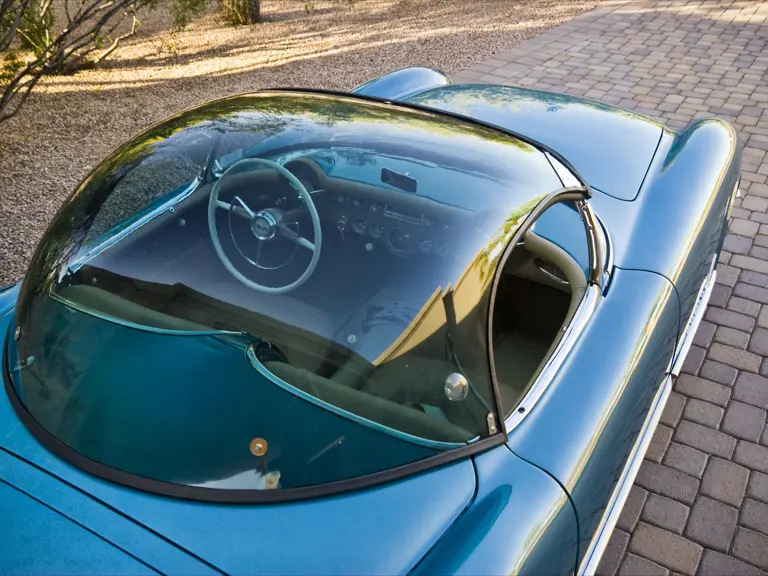
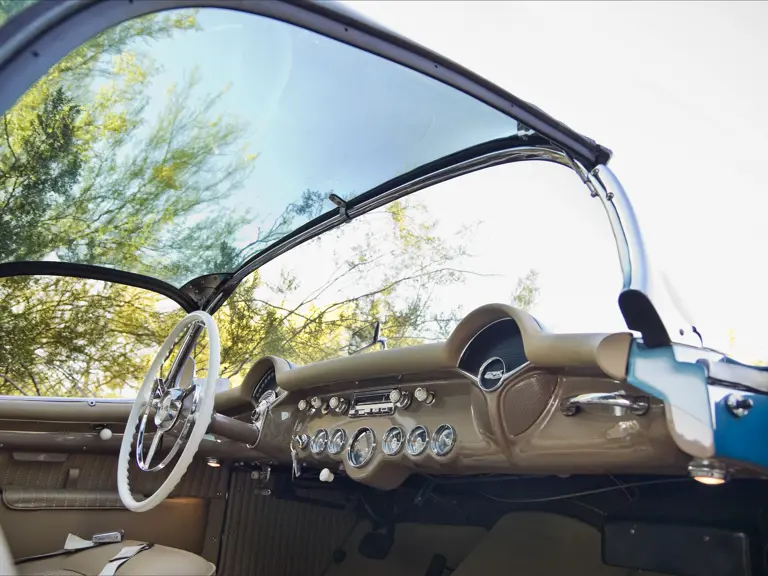

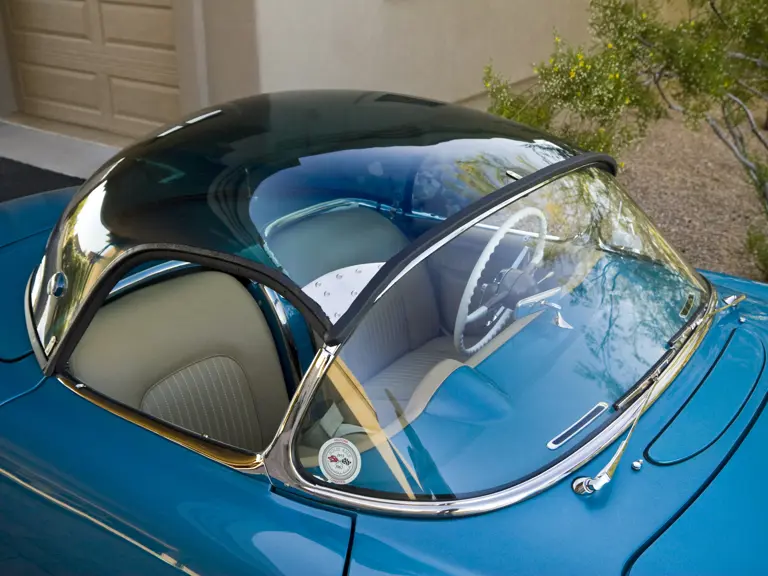
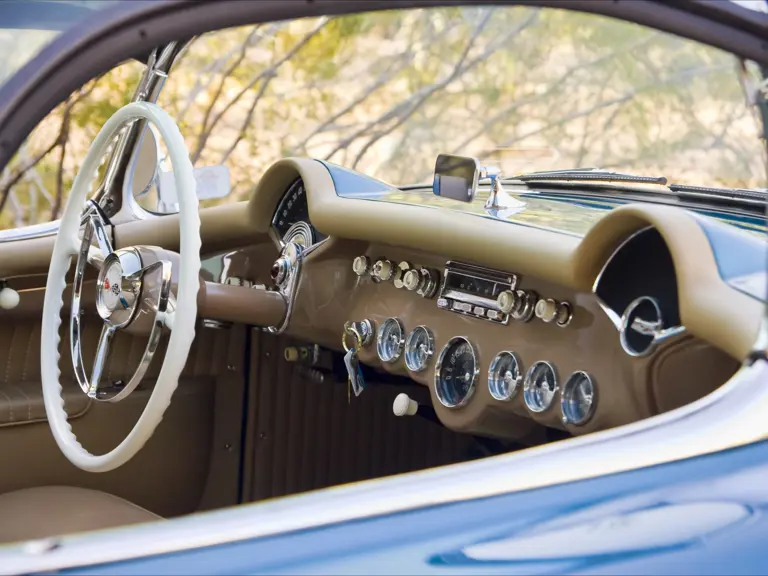
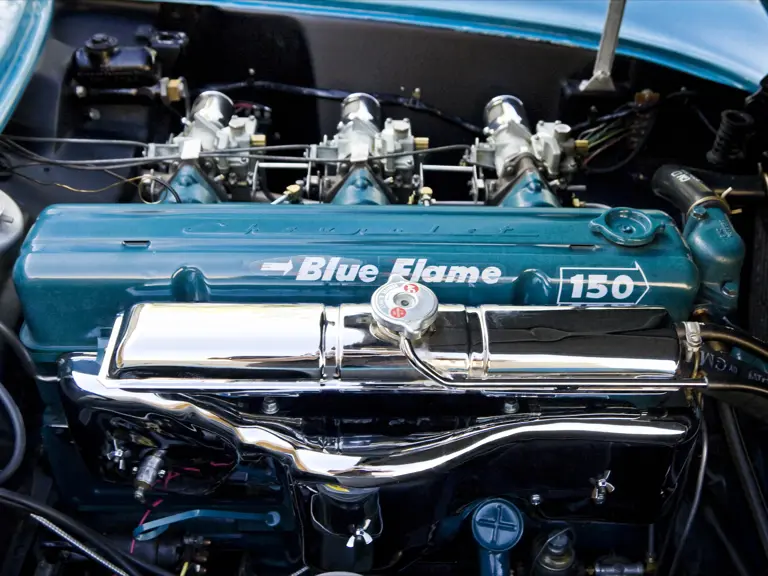
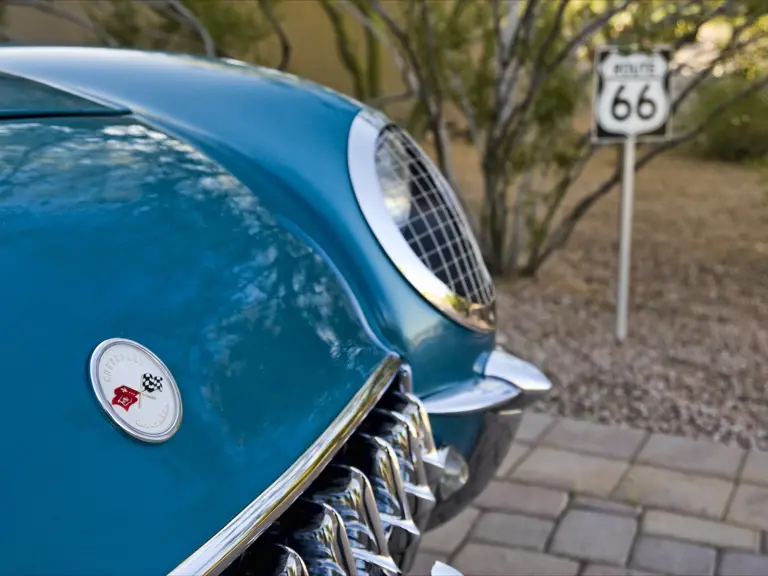


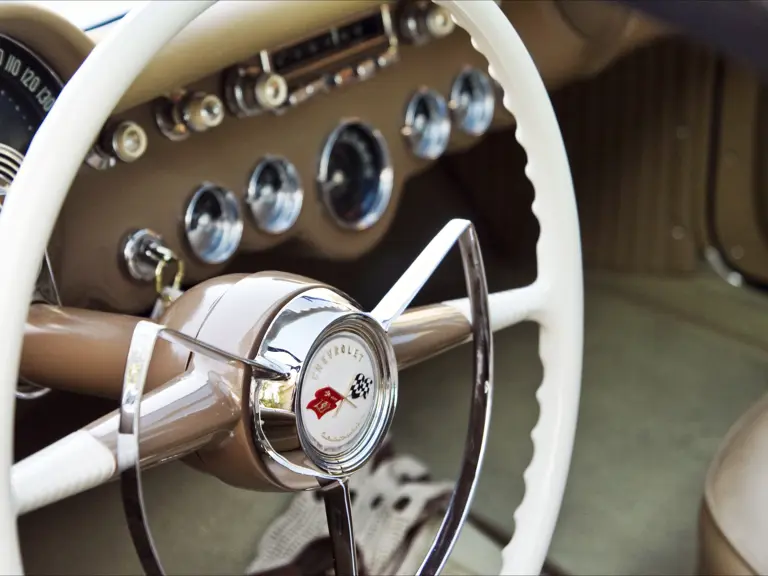
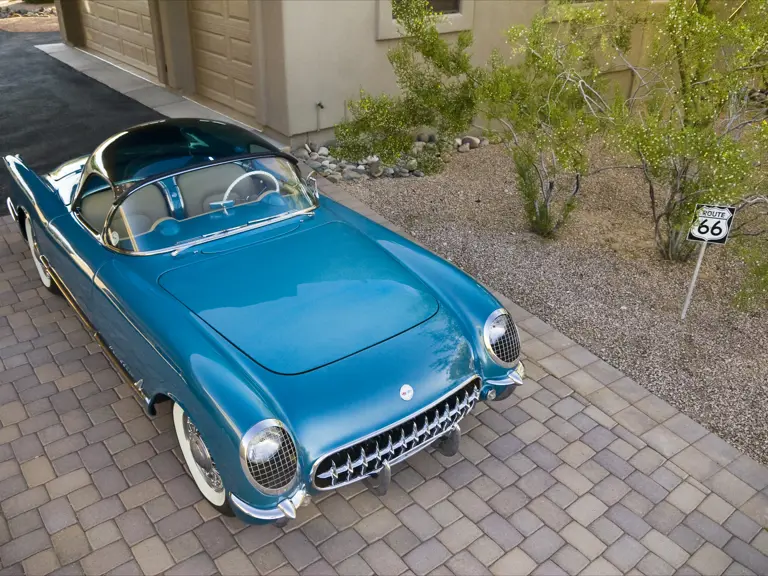



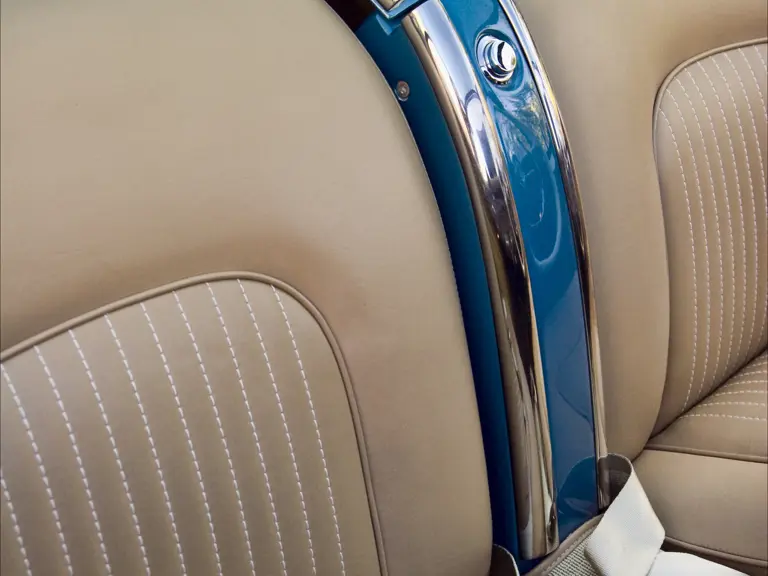
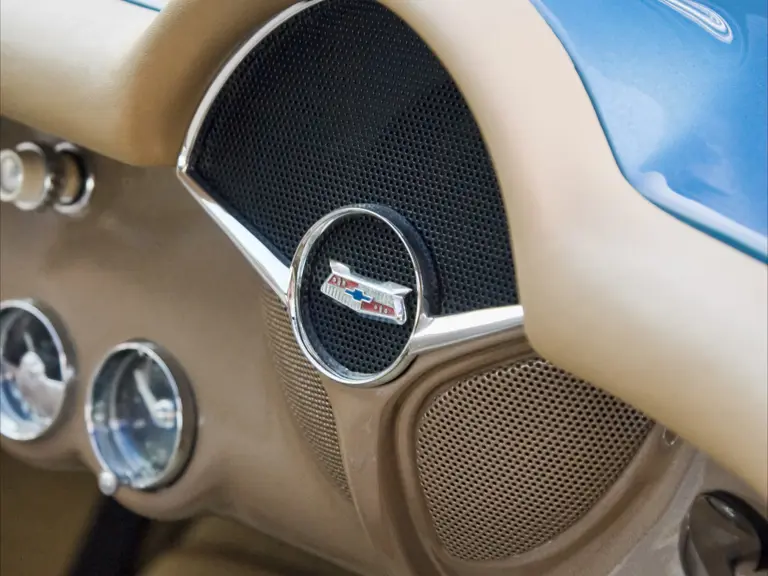
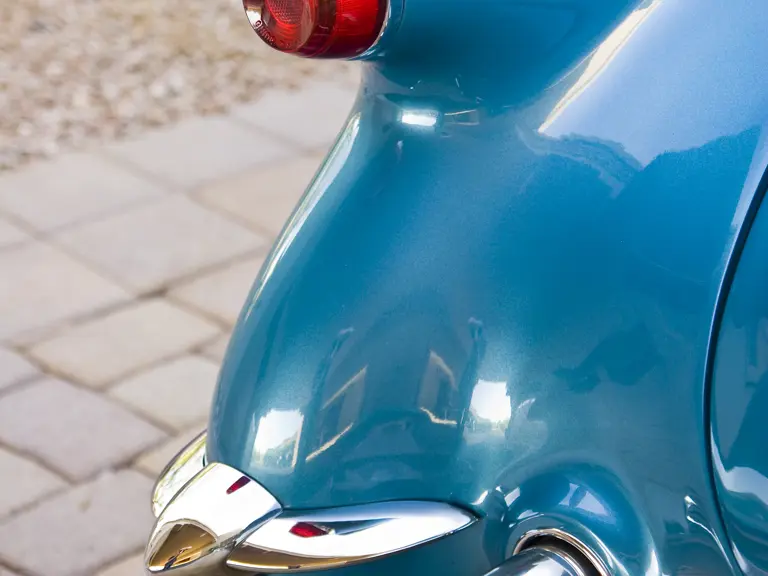
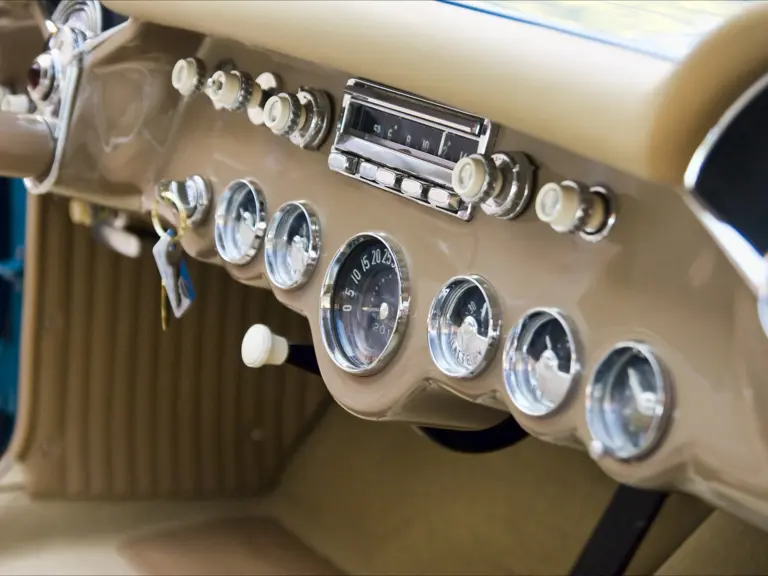
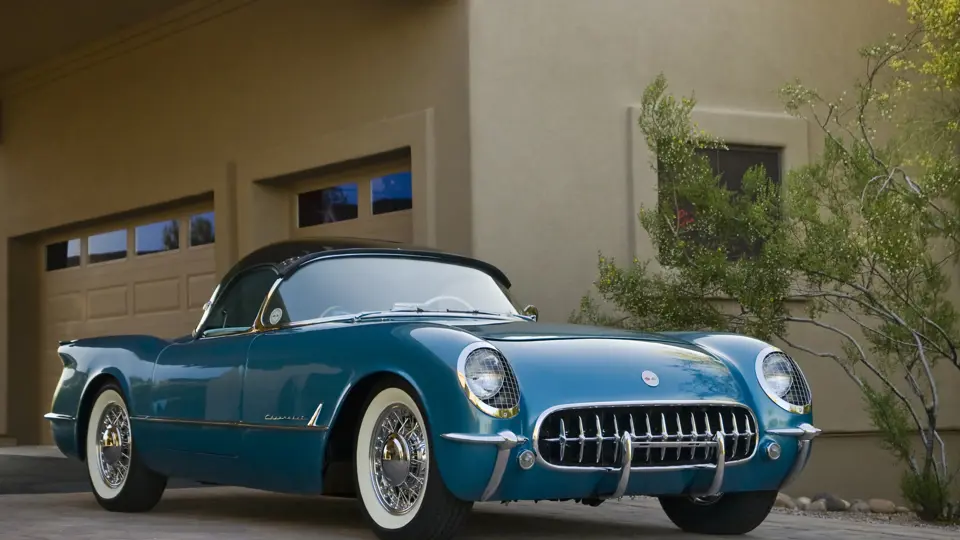
 | Phoenix, Arizona
| Phoenix, Arizona
